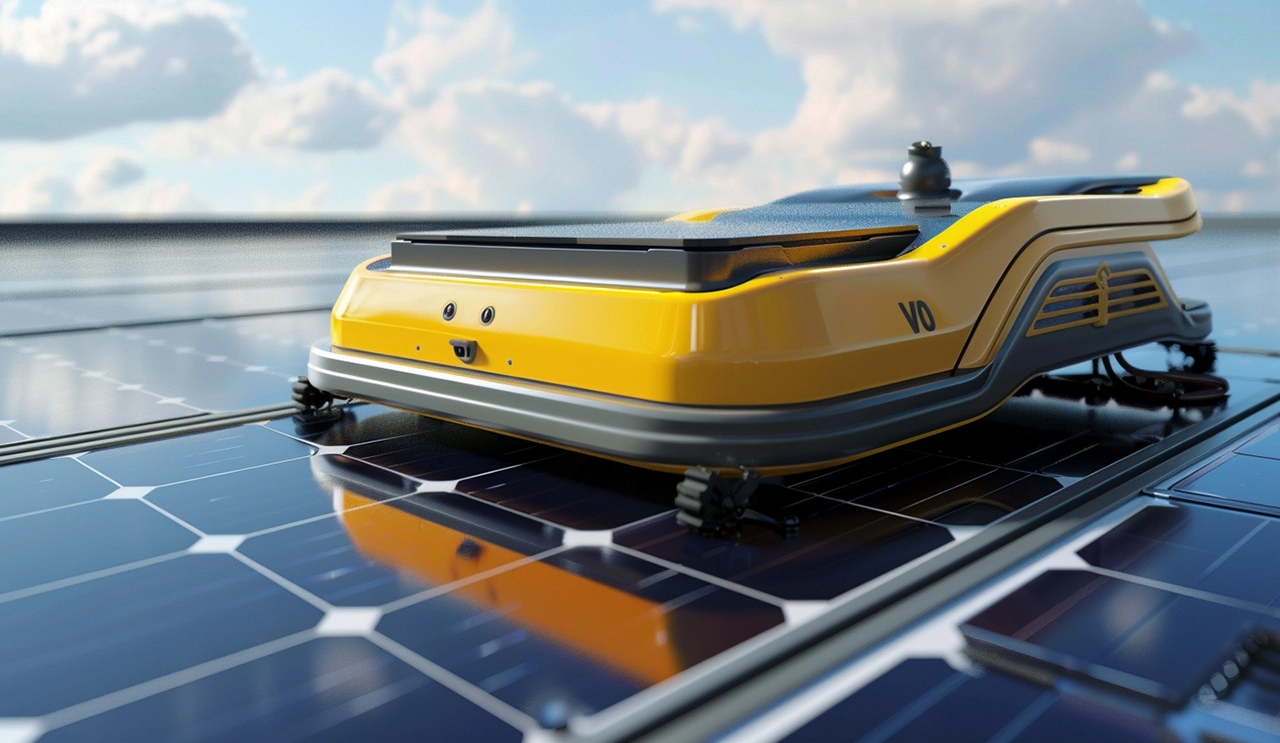
WIRELESS CHARGING IN THE NEWS
With the progress of science and technology, robots are more and more widely used in various fields. However, how to realize efficient charging of robots, especially unmanned charging, has become an important research topic. Unmanned charging not only improves the autonomy of the robot, but also greatly enhances its application ability in complex environments.
The core of unmanned charging lies in the combination of automation technology and intelligent control system. Traditional charging methods require manual intervention, such as connecting a charger or replacing a battery, which is inefficient and inconvenient in some environments. Therefore, achieving self-charging of robots is the key to improving their autonomy. At present, there are a variety of technical paths to choose from, the most common of which are wireless charging and automatic docking charging.
Wireless charging technology has achieved some success in the field of smart phones, and is gradually being applied to robot charging. This technique uses the principle of electromagnetic induction to transmit energy through the magnetic field between the transmitting and receiving coils. For robots, the advantage of wireless charging is that there is no need for precise alignment, just close to the charging station to start charging. This contactless charging method is especially suitable for robots with strong mobility, such as delivery robots and home service robots. However, the efficiency and transmission distance of current wireless charging still need to be improved to meet the needs of energy-intensive robots.
Another commonly used unmanned charging method is automatic docking charging. This approach requires the robot to be able to find charging stations autonomously and dock them with a precise navigation system. The key to realize this function lies in the localization and recognition technology of the robot. Modern robots are often equipped with a variety of sensors, such as lidar, cameras and infrared sensors, to identify the location of the charging station and its surroundings. At the software level, using advanced algorithms such as SLAM (Simultaneous Localization and Map Building), robots can create environmental maps and plan optimal paths to achieve autonomous docking and charging.
In order to ensure the stability and safety of unmanned charging, the intelligent control system plays an important role. The intelligent control system can monitor the power state of the robot in real time, and reasonably plan the charging time and frequency according to the task requirements. At the same time, with the help of iot technology, robots can communicate with charging stations and cloud services to achieve more complex energy management strategies. For example, when multiple robots need to be charged, the system can schedule according to the priority of their respective tasks and the remaining power, avoiding the situation of charging congestion or resource waste.
In the future, with the continuous progress of technology, the realization of unmanned charging will be more mature. Efficient energy transmission technology, intelligent control system and advanced algorithm support will enable the robot to achieve true autonomous operation in more scenarios. This not only improves the work efficiency of robots, but also reduces the dependence on human resources, bringing more possibilities for innovation to all walks of life. At the same time, with the application of renewable energy, unmanned charging will be more sustainable, helping to achieve the goal of green technology.







